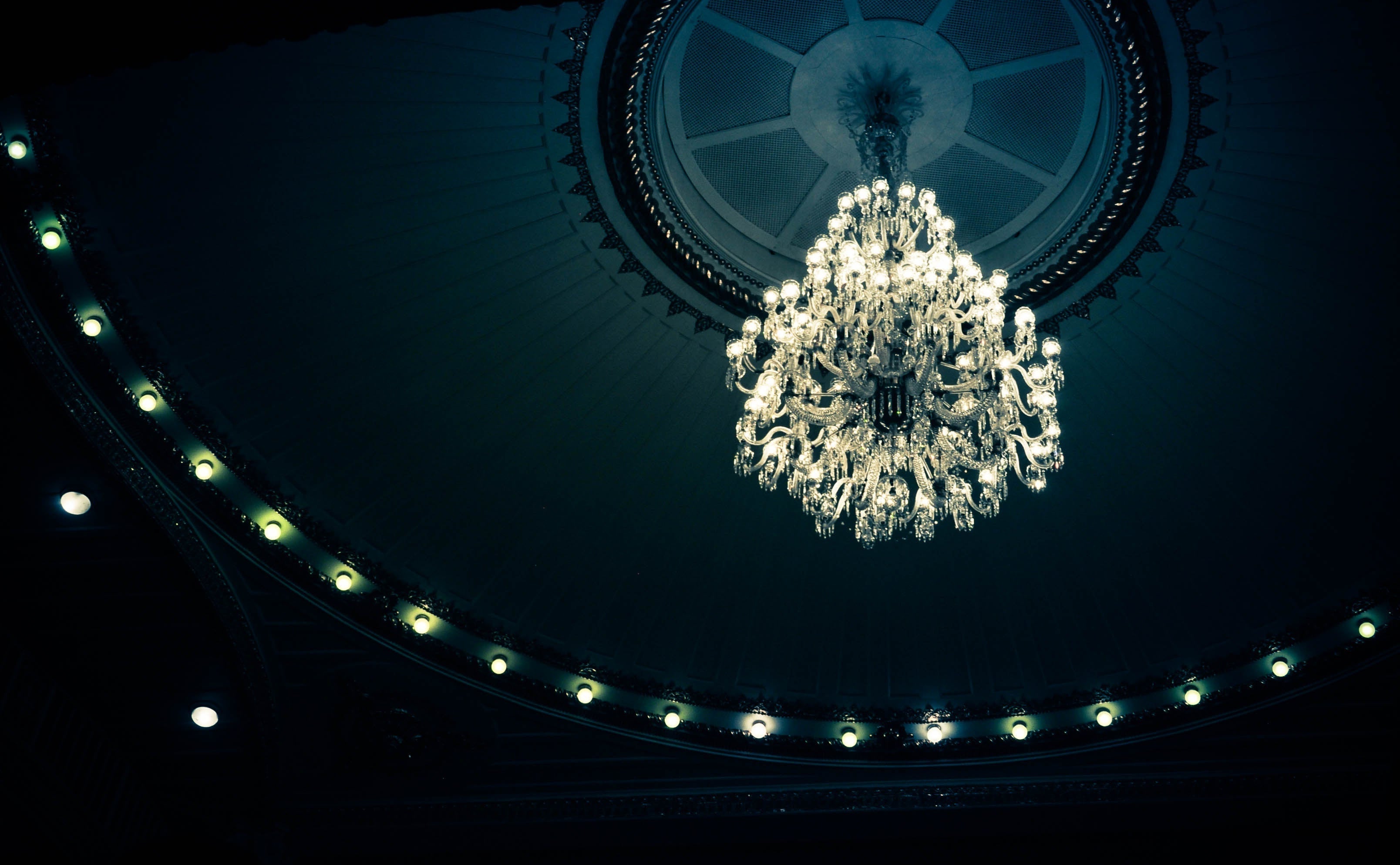Choosing the Perfect Lighting: Chandelier vs. Pendant Lights – A Comprehensive Comparison
Lighting is not only essential for functionality—it plays a pivotal role in defining the mood, character, and visual harmony of a space. Whether you're designing a classic dining room or a modern kitchen, choosing between chandeliers and pendant lights can significantly impact your interior design. This guide offers an in-depth comparison to help you select the ideal lighting fixture for your home or commercial setting.
Chandeliers: Timeless Elegance and Statement Style
What Is a Chandelier?
A chandelier is a ceiling-mounted decorative light fixture known for its multiple arms or branches, often adorned with crystals, glass, or metal detailing. More than just a light source, chandeliers bring drama, grandeur, and sophistication to a space—making them ideal for formal rooms, grand entrances, and luxury interiors.
A Brief History of Chandeliers
Chandeliers have a heritage rooted in opulence. Originating in medieval Europe, they were initially used to light churches and castles. Over the centuries, they evolved from basic wooden structures holding candles to ornate designs featuring glass, brass, and crystal—becoming symbols of wealth during the Renaissance and Baroque eras. Today, they are available in styles ranging from classic to contemporary.
Types of Chandeliers
-
Traditional Chandeliers – Crystal accents, brass finishes, and elaborate detailing.
-
Modern Chandeliers – Sleek lines, minimalist forms, and innovative materials.
-
Rustic Chandeliers – Wood, iron, or antler-based designs perfect for country homes.
-
Functional Chandeliers – Multi-purpose designs like chandelier fan lights, combining elegance with air circulation.
Pros and Cons of Chandeliers
Pros:
-
Serve as a striking focal point in large or formal spaces
-
Deliver broad, ambient light for spacious interiors
-
Complement both traditional and contemporary designs
Cons:
-
Higher price point and installation costs
-
Require ample ceiling height
-
Regular maintenance needed for intricate components
Pendant Lights: Sleek, Stylish, and Versatile
What Are Pendant Lights?
Pendant lights are suspended from the ceiling by a cord, rod, or chain and typically feature a single light source enclosed in a decorative shade. Their versatility in shape, size, and design makes them perfect for both residential and commercial applications.
The Versatility of Pendant Lights
Pendant lights offer exceptional adaptability and can be used in virtually any setting:
-
Kitchen islands & dining areas – Provide focused task lighting
-
Living rooms & bedrooms – Serve as eye-catching accents
-
Retail, restaurants & cafés – Enhance ambience and define zones
Popular models like the LED Linear Pendant Light are ideal for modern interiors seeking both form and function.
Types of Pendant Lights
-
Mini Pendants – Ideal for small spaces or clustered installations
-
Statement Pendants – Large-scale fixtures that command attention
-
Material Options – Glass, metal, wood, rattan, and more for varied aesthetics
Pros and Cons of Pendant Lights
Pros:
-
Highly customisable in size, style, and function
-
Effective task lighting and ambient illumination
-
Suitable for rooms with lower ceilings
-
Typically easier and more affordable to install
Cons:
-
May produce glare if not diffused properly
-
Require careful height adjustment for optimal lighting and safety
Aesthetic Comparison: Style and Design Impact
Chandeliers
-
Grand and luxurious, often used as a room’s centrepiece
-
Ideal for high ceilings, formal dining rooms, and entryways
-
Best suited to traditional, classical, or upscale contemporary interiors
Pendant Lights
-
Subtle or bold, depending on the design
-
Fit seamlessly into minimalist, industrial, rustic, or modern themes
-
Work well as individual fixtures or grouped in multiples
Practical Considerations: Choosing What Works for Your Space
Size and Scale
-
Chandeliers are best for large spaces and tall ceilings
-
Pendant lights range from compact to oversized, offering more flexibility
Ceiling Height
-
Chandeliers require vertical space to avoid obstruction
-
Pendant lights are height-adjustable and ideal for lower or sloped ceilings
Functionality
-
Chandeliers provide widespread ambient lighting
-
Pendant lights excel at task lighting and accent illumination
Lighting Technology
Both chandeliers and pendant lights are compatible with modern LED bulbs. However, pendant lights generally use fewer bulbs, making them more energy-efficient by design.
Budget and Maintenance
Cost
-
Chandeliers tend to be more expensive due to their complexity and materials
-
Pendant lights offer a broader price range, with many budget-friendly options
Maintenance
-
Chandeliers require regular cleaning, especially crystal or multi-arm styles
-
Pendant lights are easier to maintain with fewer components and simpler designs
When to Choose Each Fixture
Choose a Chandelier If:
-
You want a statement piece for a formal or grand space
-
Your interior leans toward classic or luxurious design
-
You have a higher ceiling and a larger budget
-
You’re furnishing commercial spaces like hotels or upscale restaurants
Choose Pendant Lights If:
-
You prefer a modern, flexible lighting solution
-
Your space requires task lighting (e.g., over a kitchen island)
-
You have lower ceilings or limited installation space
-
You're working with a more modest budget
Final Thoughts: Chandelier vs. Pendant Lights
Both chandeliers and pendant lights offer unique advantages depending on your space, style, and lighting needs. Chandeliers elevate interiors with timeless beauty and grandeur, while pendant lights provide sleek, adaptable solutions perfect for contemporary living. When selecting between them, consider the room’s purpose, scale, design scheme, and budget to ensure your lighting enhances both form and function.



